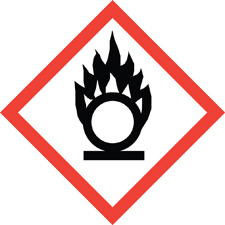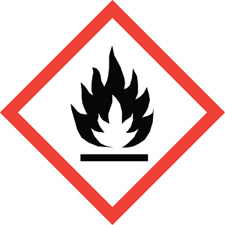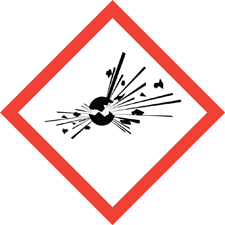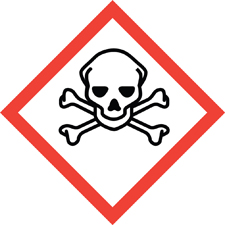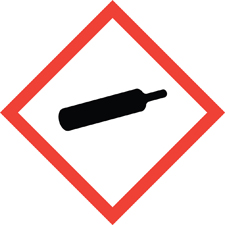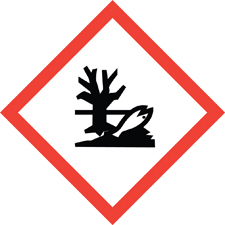Hazard Communication
Employee Right-To-Know Standard
University laboratories are loaded with chemicals containing properties that can cause illnesses, injury and even death to those who may be exposed to them in quantities exceeding a safe threshold. In an attempt to protect employees (and all affected persons) who may be exposed to these chemicals in the workplace, the Hazard Communication Standard (adopted by the state of Florida, under the authority of Chapter 442, Florida Statutes, as the Florida Right-to-Know standard) was promulgated.
